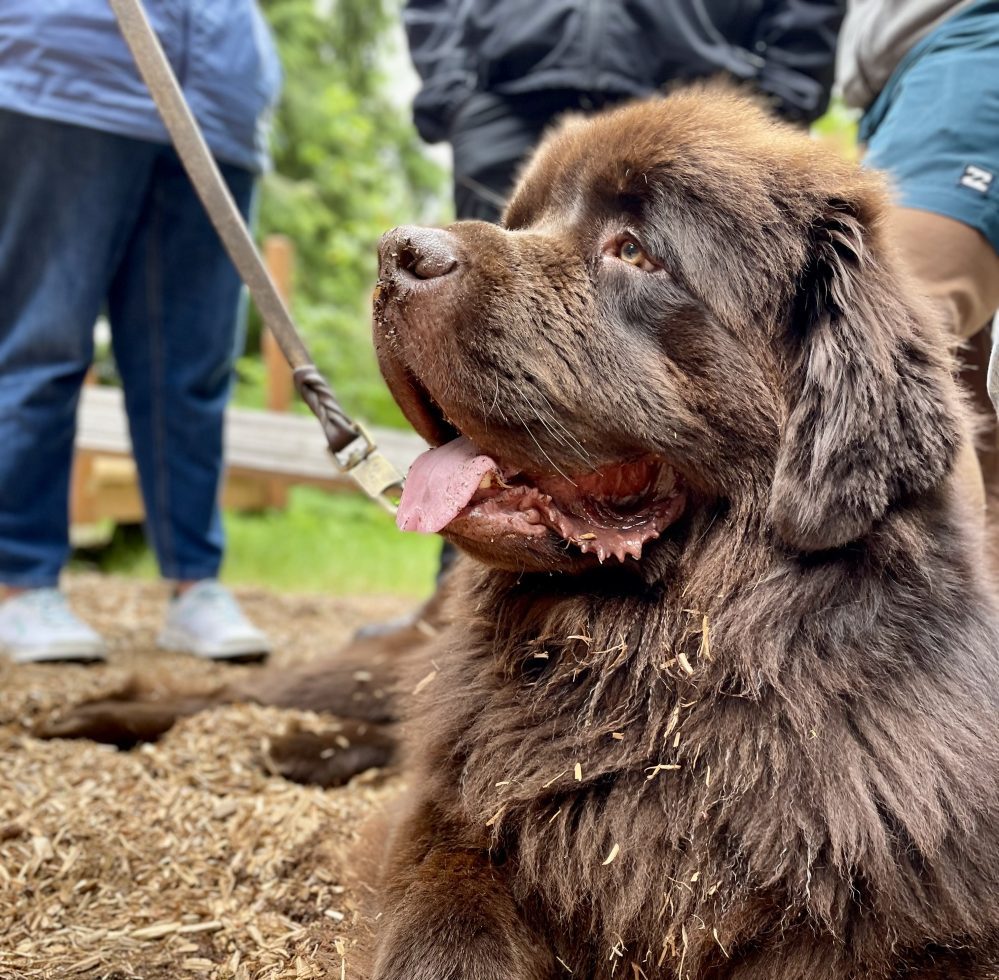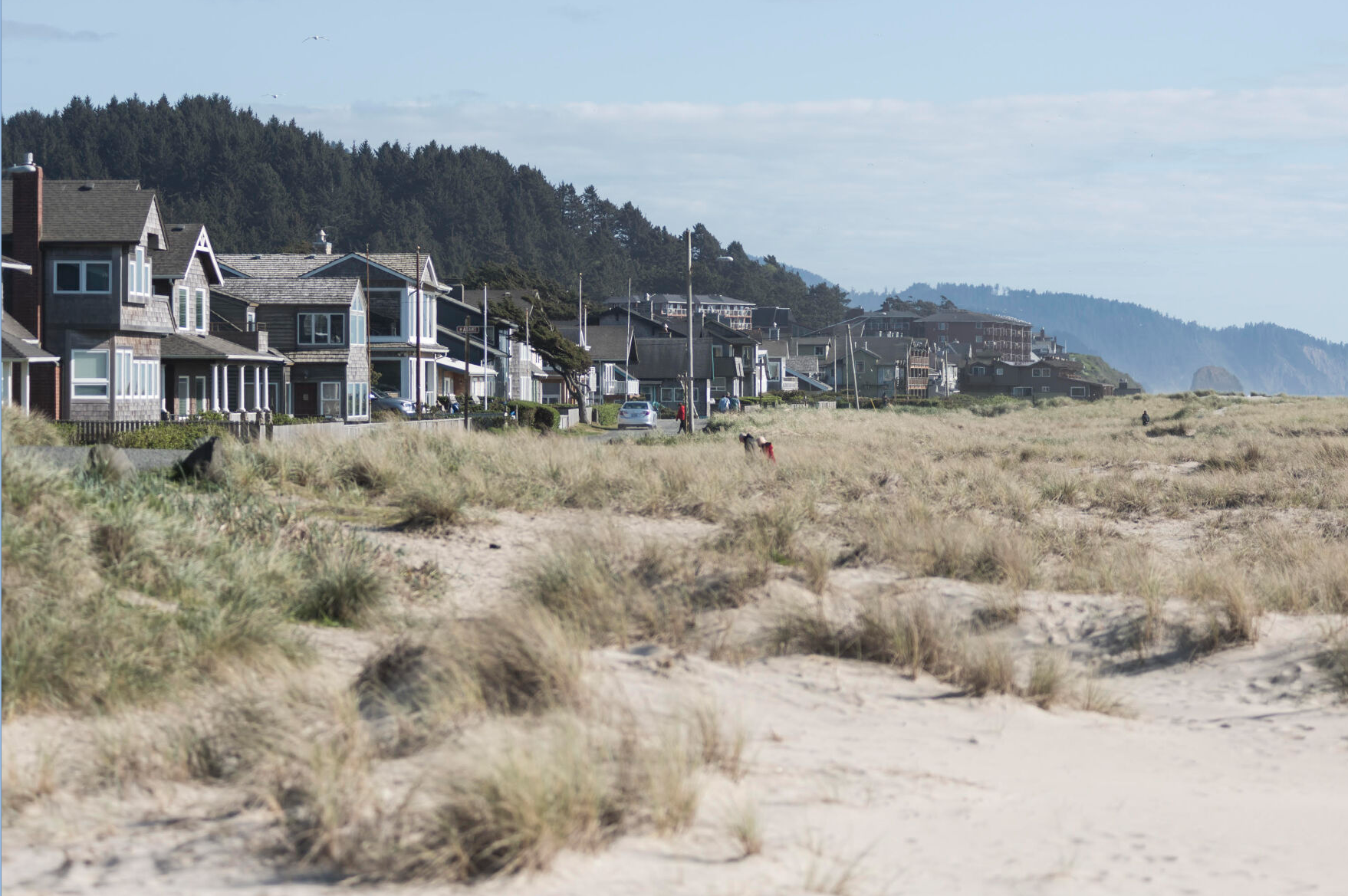Editorial: Fraser River has a lesson
Published 4:00 pm Sunday, November 4, 2012
A thorough investigation in British Columbia has failed to identify any single smoking gun that explains the collapse and erratic patterns of sockeye salmon returns to the Fraser River. But suspicion centers on coastal salmon farms.
Trending
U.S. agencies and fisheries managers have taken a more conservative approach toward allowing fish farms, in which huge numbers of Atlantic salmon are corralled together in net pens in open but protected waters in coastal inlets, estuaries and channels. But dozens of such farm sites line the sockeye migration route through the Discovery Islands leading to the Fraser.
For several reasons, problems on the Fraser are of more than passing interest here. For one thing, farmed Atlantic salmon raised in B.C. are sold in the U.S. and may take on even more importance in grocery stores as Oregon and Washington foolishly move toward destroying much of what is left of our domestic salmon fishing fleet.
For another, the flaws and dangers associated with farm net pens may also apply to some extent to the salmon-rearing net pens preferred by Gov. Kitzhaber as a source of supply for whatever remains of the Columbia gillnet fishery. Columbia net pens differ from those in B.C. in significant ways most notably, they dont keep salmon penned up all the way to adulthood. But some of the same issues of crowding, waste concentration and exposure to disease vectors are possible in net pens of any type.
Trending
Beyond net-pen issues, problems on the Fraser highlight just what a challenge it will be to keep salmon runs of any kind healthy and dependable in this changing and ever-more-crowded world. If any north Pacific river should continue to succeed as a home to salmon, it ought to be the Fraser. Its main flow has never been dammed, and it is much less industrialized than the Columbia. It used to produce enormous salmon runs regular as clockwork.
But runs have instead disappointed in most recent years. The investigation was sparked in 2009 by a return of 1.4 million, when 10 million were expected. In 2010, 35 million came back, in 2011 there were 4.5 million and in 2012 there were just 2.3 million. This has been disastrous for commercial fishing, and it signals deep problems for sockeye perhaps at several points in their lifecycle.
If this sounds familiar, it should. Led by the Columbia, U.S. rivers and salmon runs have had similar or worse results, though there have been signs of modest recovery in recent years.
Piecemeal efforts by Lone Ranger governors, states or even individual nations are unlikely to get to the real systemic issues confronting salmon. We need to all work together.









